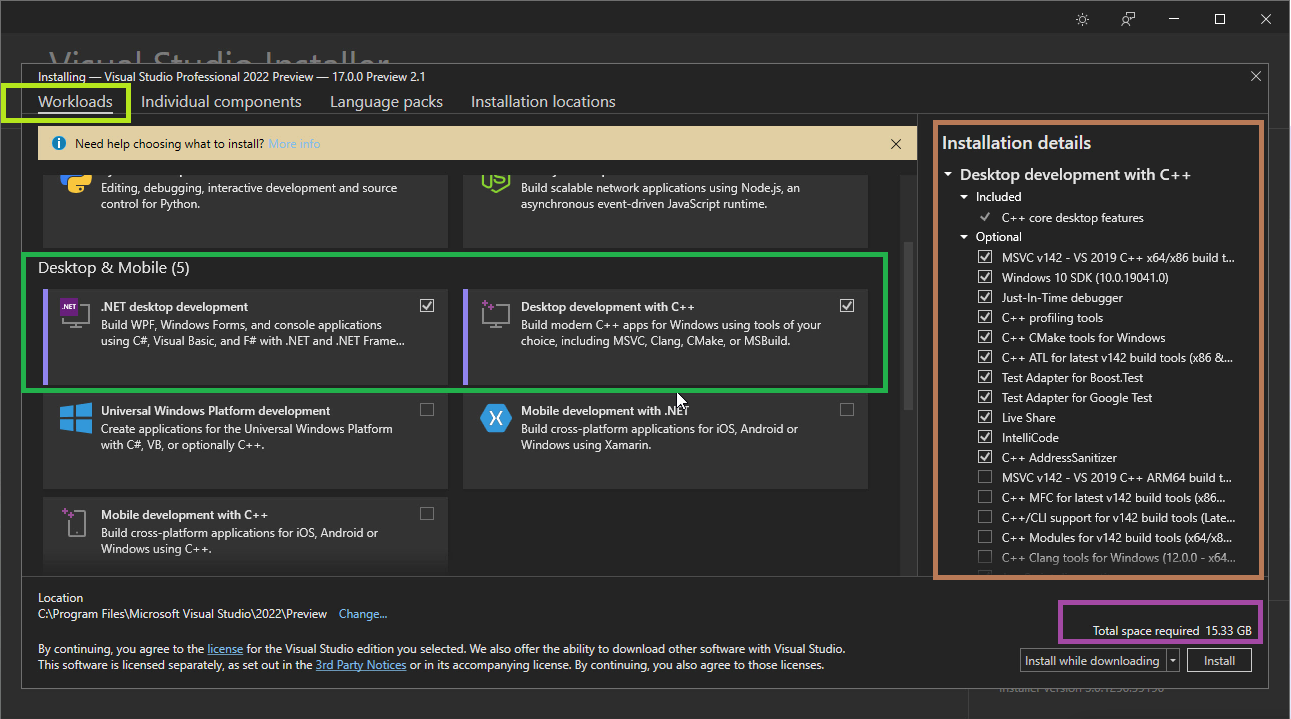
Right-click on the Support folder and select Add | File, and then add the files readme.rtf, license.rtf, Readme.txt, and developer.bmp.This folder serves as a placeholder where you’ll store all the supporting files for the application. Right-click on Application Folder in the File System Editor and select Add->Folder. Now, add the additional folders and files.Select the file dotnetfxredist_x86_enu.msm and then set the Exclude property to true through its properties window. So, you’ll exclude this file from the package. NET runtime be already present in the target machine. NET runtime is not already installed on the target system, it will be installed along with your application. This merge module includes all files for the. NET runtime dotnetfxredist_x86_enu.msm becomes visible in the Solution Explorer. NET runtime, which it automatically adds to the installer project.


At the same time, it also adds the dependencies to the installer project. Pressing OK in the dialog box adds the primary output of the FormattingApplication project to the Application Folder of File System Editor. After selecting the Application Folder directory, select Primary Output in the Add Project Output Group dialog box.
#Visual studio 2022 installer projects .exe
exe files) in the solution will be deployed on a target computer also adds all the dependencies to the folder Project Output-Allows you to specify where the output of one or more projects (.dll or.Folder-Allows you to create a folder on the target machine in the specified directory.Add Items to Special Foldersīy using the File System Editor, you can add any of the following items to the special folders: To display the list of special folders, right-click the File System on the Target Machine folder from the File System Editor and select Add Special Folder from the context menu. The username represents the name of the user who performs the installation.Īpart from these folders, you also can add custom folders to the File System Editor from a pre-defined list. The default location for this folder is Documents and SettingsStart MenuPrograms. User’s Programs Menu-This folder acts as a placeholder for entries that should appear on the programs group of the user.The username represents the name of the user who performs the installation. The default location for this folder is Documents and SettingsDesktop. User’s Desktop-This folder acts as a placeholder for files and folders that should appear on the end user’s desktop.Global Assembly Cache folder-This folder allows you to specify the assemblies that must be installed as shared assemblies on the target computer.End users also can override these settings while installing the application. The Manufacturer and ProductName directories take their names from the settings that you defined while setting the project properties. On English systems, the folder resolves to Program Files by default. Application Folder-Application Folder is normally represented by the path.Take a brief look at each of the pre-defined folders and their purposes: The installer determines it from the virtual path during installation.

Learn More.īy using any of the pre-defined folders displayed in Figure 1, you can choose a destination folder on a target computer without even having to know the actual path to that folder. We may make money when you click on links to our partners.

content and product recommendations are editorially independent.


 0 kommentar(er)
0 kommentar(er)
